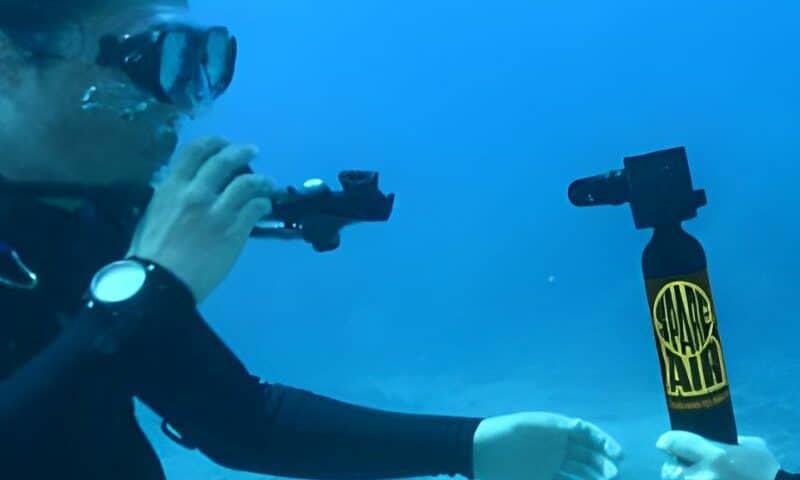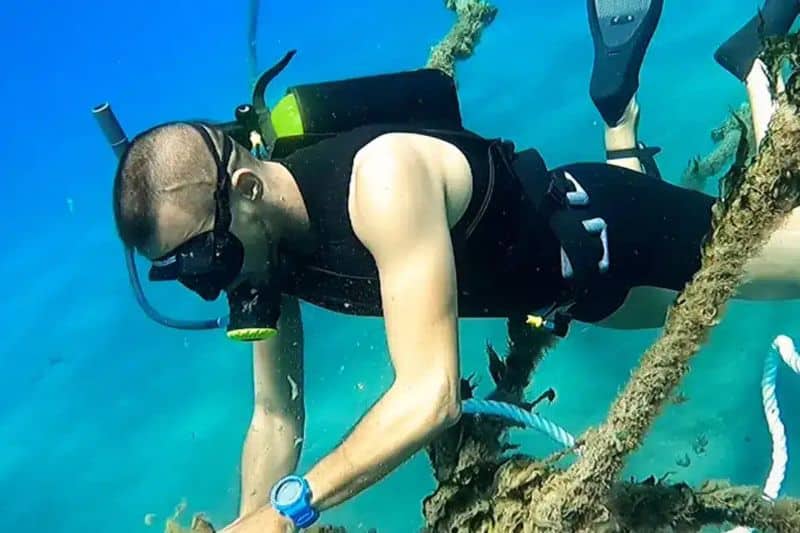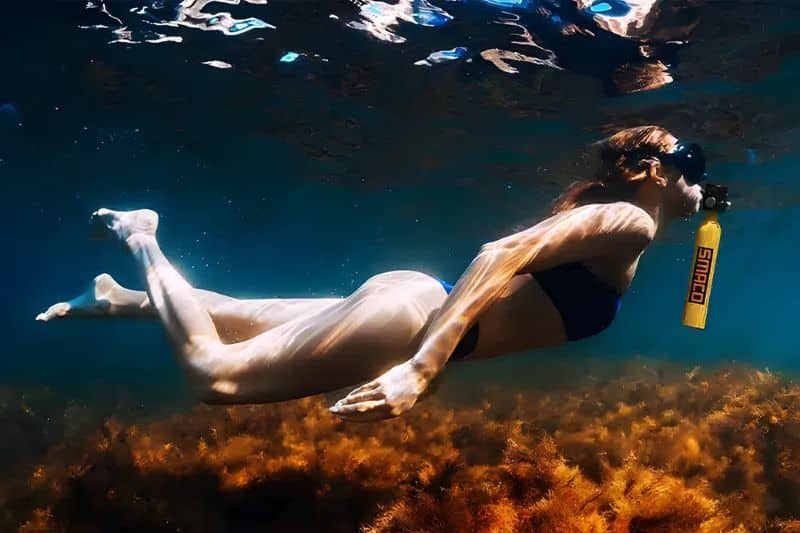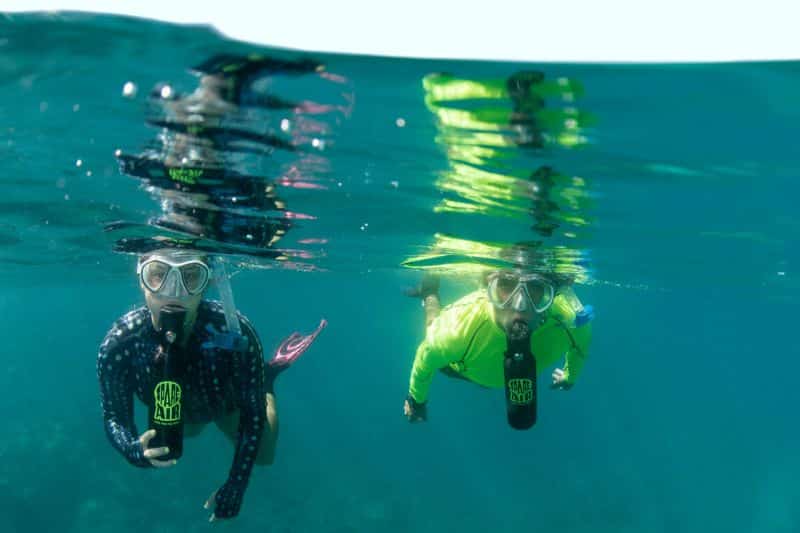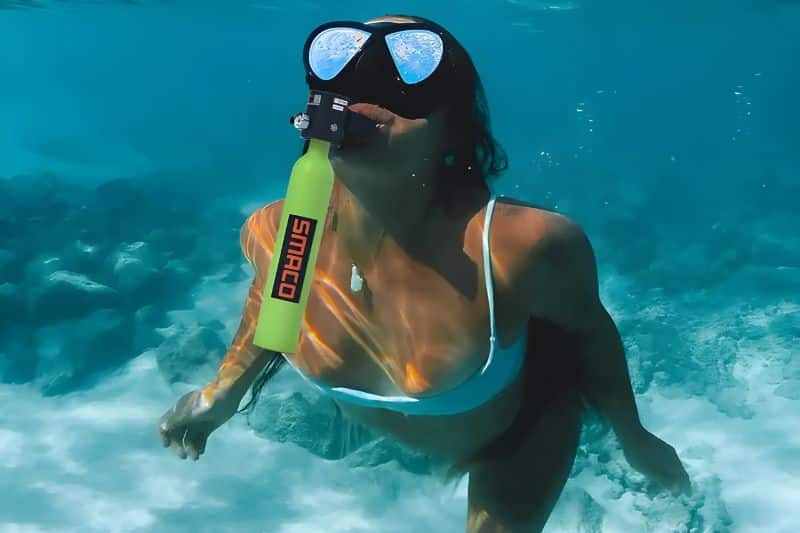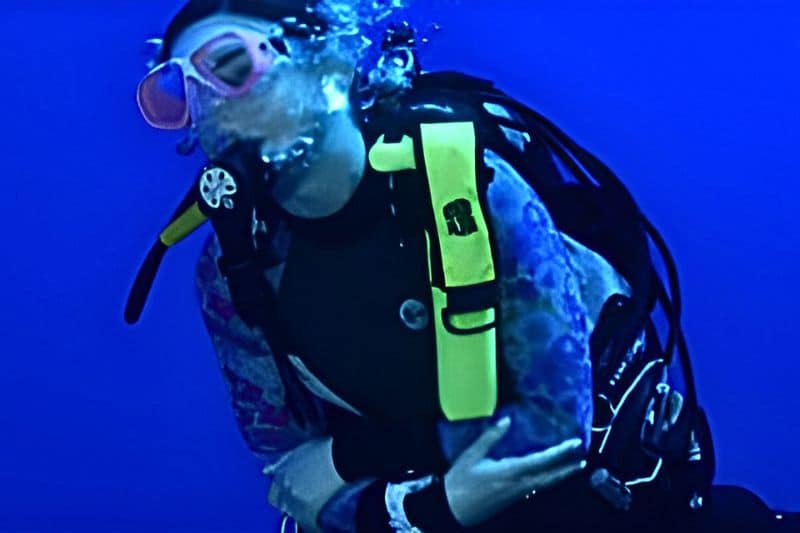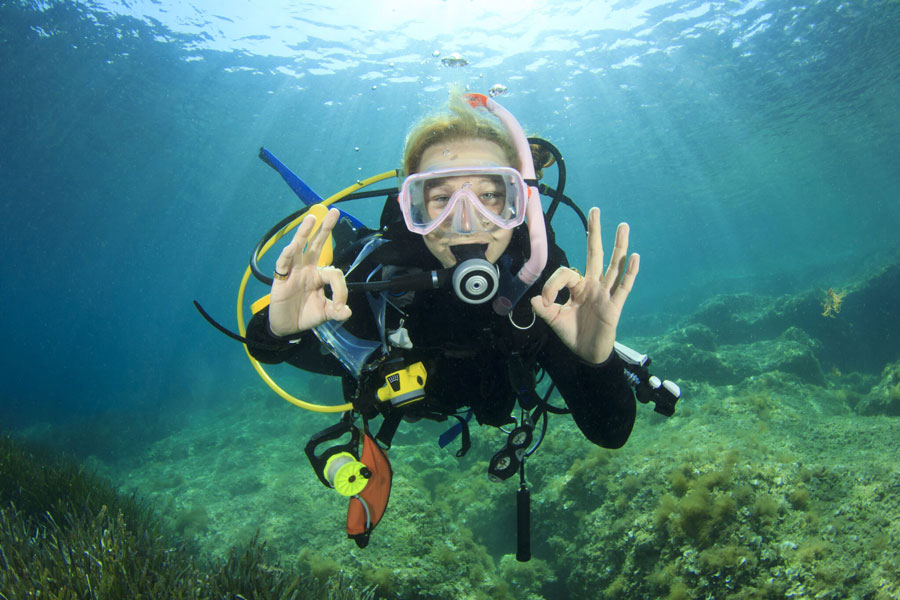A scuba tank that fits in your backpack?
Of course it exists. Most people call it Spare Air, which was the brand that invented it, and just like with Aspirin, the product ended up taking on the brand name.
You’ve probably seen it on YouTube. Or maybe someone mentioned a “portable scuba air tank.”
Small. Lightweight. Easy to use.
Sounds good, right?
But before you rush out to get one, there’s something you should know.
It’s not a toy.
It’s not for deep dives.
And it won’t replace your full scuba setup.
Now…
With that out of the way, let’s be fair, mini scuba tanks or Spare Airs do have their place.
They’re handy for recue dives from surface. Quick underwater checks. Or as a backup tank. For example, rescue helicopter crews carry a Spare Air so they can breathe if they end up in the sea during their operations.
Some people use them for a kind of “turbocharged snorkeling.”
Others to check the boat anchor.
And then there are the gear geeks who just think they’re cool.
Still, for every diver who loves them, there’s another who swears they’re useless.
That’s why we wrote this guide, to give you the full picture.
How a mini scuba tank works.
Which models are actually worth it.
And whether it deserves a spot in your dive gear bag.
If you’ve ever thought, “I want a mini scuba tank with a manual pump I can pack in my luggage”… You’re in the right place.
Let’s get to it.




